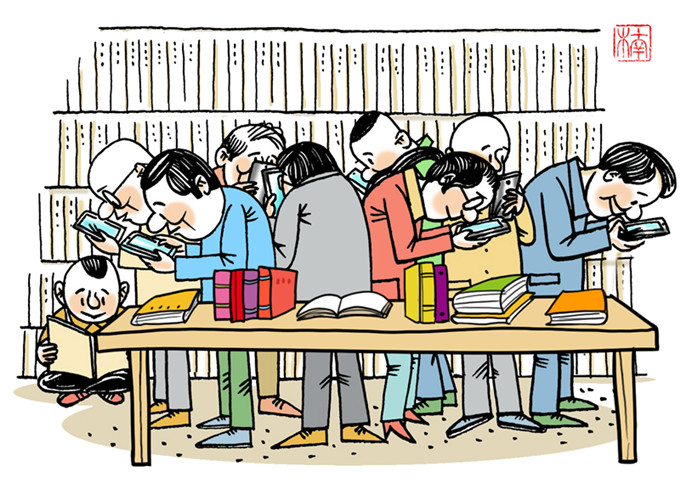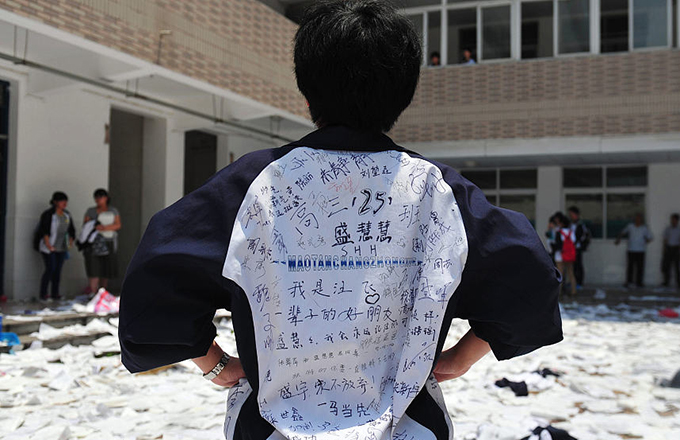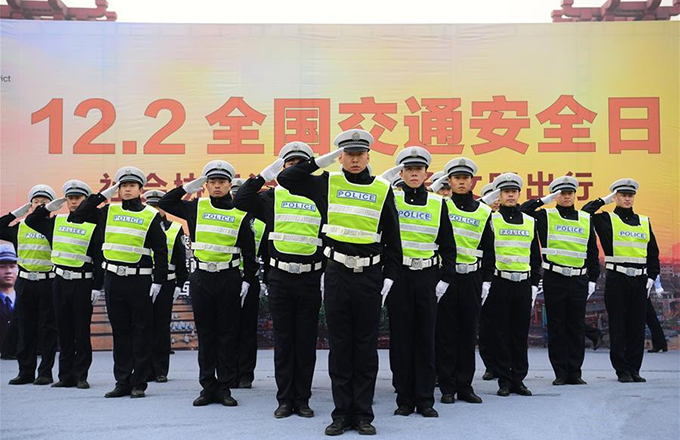China’s economic engagement in Africa: the case of China’s FDI in Cameroon
Before going in-depth in this analysis, it is interesting to clear up different points that turn over this topic. Many scholars working on China’s Foreign Direct Investment (FDI) in Africa argue that Official Chinese statistics do not fully capture China’s FDI, since the distinction between trade credits, development cooperation, project financing by Chinese financial institutions, and direct investment by Chinese enterprises is rarely clear. Also, there are discrepancies in Chinese FDI figures, maybe based on different definitions of FDI. In fact, there is considerable confusion as to what constitutes Chinese investment in Africa. Many analyses, especially journalistic accounts, conflate investment with multi-billion dollar loans from China to African governments that often use the loans to build infrastructure by Chinese construction companies. These loans given for bidding contracts are not FDI; they are commercial deals, albeit often with a concessionary loan component. It is important to keep them separate from investment.
To set up the context of this study, the recent increase in China’s economic involvement in Africa is arguably the most momentous development on the continent since the end of the cold war. The People’s Republic of China is now Africa’s second most investor partner. Since 2009, Africa has seen a decrease of foreign direct investment, but an accelerated growth of direct investment from China during this same period. From 2009 to 2012, China’s FDI in Africa increased from US$1.44 billion to US$2.52 billion, with an annual growth rate of 20.5%. Over the same period, China’s accumulative direct investment in Africa increased from US$9.33 billion to US$21.23 billion. The rapid growth of China’s direct investment in Africa is indicative of Africa’s development potential and investment appeal, and also points to the mutually beneficial nature of China-Africa cooperation.
Such, this burgeoning relationship has been particularly well illustrated by the release of the Beijing White paper on China’s Africa policy followed by the summit of the Forum on China-Africa Cooperation (FOCAC) in 2006. This framework lays out the main contours of China-Africa relations regarding trade and economic cooperation. Chinese engagement with Africa is traditionally based on three (3) channels: trade, aid and investment. Regarding the recent increase of Chinese investment in Africa, China has been attractive to African suppliers both as a potential market and for a source of investment capital in mineral prospecting and construction projects. Some African countries such as Angola, Nigeria, Sudan, South Africa, and Zambia more than others are become the major centers of Chinese investment.
First and foremost, an overview of China’s FDI in Cameroon reveals that the first stage of economic relationship between China and Cameroon is characterized by technical cooperation through the construction of public infrastructures. In 2002, a number of agreements on economic and commercial cooperation contributed to enhance bilateral trade between the 2 countries. Such, the structure of Cameroon’s exports to China concerns a few raw products: crude oil, wood and cotton. Yet, 2006 is the turning point marked by the state visit of the Cameroonian president in China, followed by the visit of his counterpart, Hu Jintao in 2007, accompanied with a considerable number of Chinese entrepreneurs.
Acknowledging the discrepancies of China’s FDI flows in Africa and the low performance of Cameroon’s in attracting FDI, an analysis of the key motives of Chinese investors pointed out that the Chinese government encourages Chinese entrepreneurs to go abroad through financial support. These enterprises are led by the profit maximization indifferently their status of State-owned enterprises or private enterprises notwithstanding the fact they are resource-seeking or market-seeking. Also, the abundant natural resources in Cameroon and its strategic position in Central Africa predispose the country to stand for considerable FDI inflows. But to some extent these endowments’ factors tend to be insufficient in terms of attracting important stock of China’s FDI.
For the analysis of the main characteristics of China’s FDI in Cameroon and the issues related to these investments, the study reveals that the key sectors in which significant Chinese FDI have been made in Cameroon are the primary sector and the secondary sector. In the primary sector, Chinese investors operate in oil, forestry and agriculture. Such, the two Chinese SOEs, Shanxin State Farm and Sinochem are involved in the sector of agriculture for the production respectively of rice and rubber. In the forestry sector, the Hong-Kong private Company is operating through numerous subsidiaries. The oil sector is dominated by a subsidiary of Sinopec and the Chinese oil company Yan Chang. In Mining, there are two Chinese companies, namely Sinosteelcam exploiting iron ore.
In the secondary sector, the Chinese investors are diffidently active in fishing and manufacturing which recorded a number of failed joint ventures. The involvement of Chinese enterprises creates costs and benefits for both counterparts. In terms of costs, there are fiscal costs, conflict with local workers, and expropriation of local communities. In number of benefits, the creation of employments is most significant. Also, the lack of social responsibilities concerning the wages of local workers and the feasibility study of investment projects is the main critic rebuked to Chinese investors in Cameroon and in Africa as well. Thus, efforts made by these enterprises to reverse the trend can be identified in some projects.
Exploring the major constraints to China’s FDI in Cameroon reveal that political and economic barriers hinder the involvement of Chinese enterprises. At the range of political factors, mismanagement of bureaucracy and corruption, causing lengthy and restrictive bureaucratic procedures are considered as minor constraints. For economic barriers, high dependency to commodities (such as wood or crude oil), poor infrastructure, ineffective marketing tend to be the high constraints to Chinese investment.
Finally, some recommendations and suggestions for both governments’ officials have been raised, in order to increase the China’s FDI flows to Cameroon and the rest of Sub-Saharan Africa as well. Thus, there is a need for Cameroon to be competitive in attracting FDI; by improving the availability of infrastructure, opening up the country through trade, investing in education for heavy industry. Since incentives through tax holidays and custom exoneration do not seem to be the priority for Chinese investors, most important is the reduction of administrative bottlenecks that have plagued Cameroon inward FDI performance. Also, investment promotion agencies in both countries should play a crucial role in terms of research and promotion of investment. Moreover, the Chinese government should encourage its private enterprises to involve in Africa to achieving infrastructure development and industrialization of African economies. Furthermore, it is a paramount for decision-makers in the China-Africa relationship to grant more importance to the issue of public standards such as social corporate responsibilities and transparency in investment activities.
























